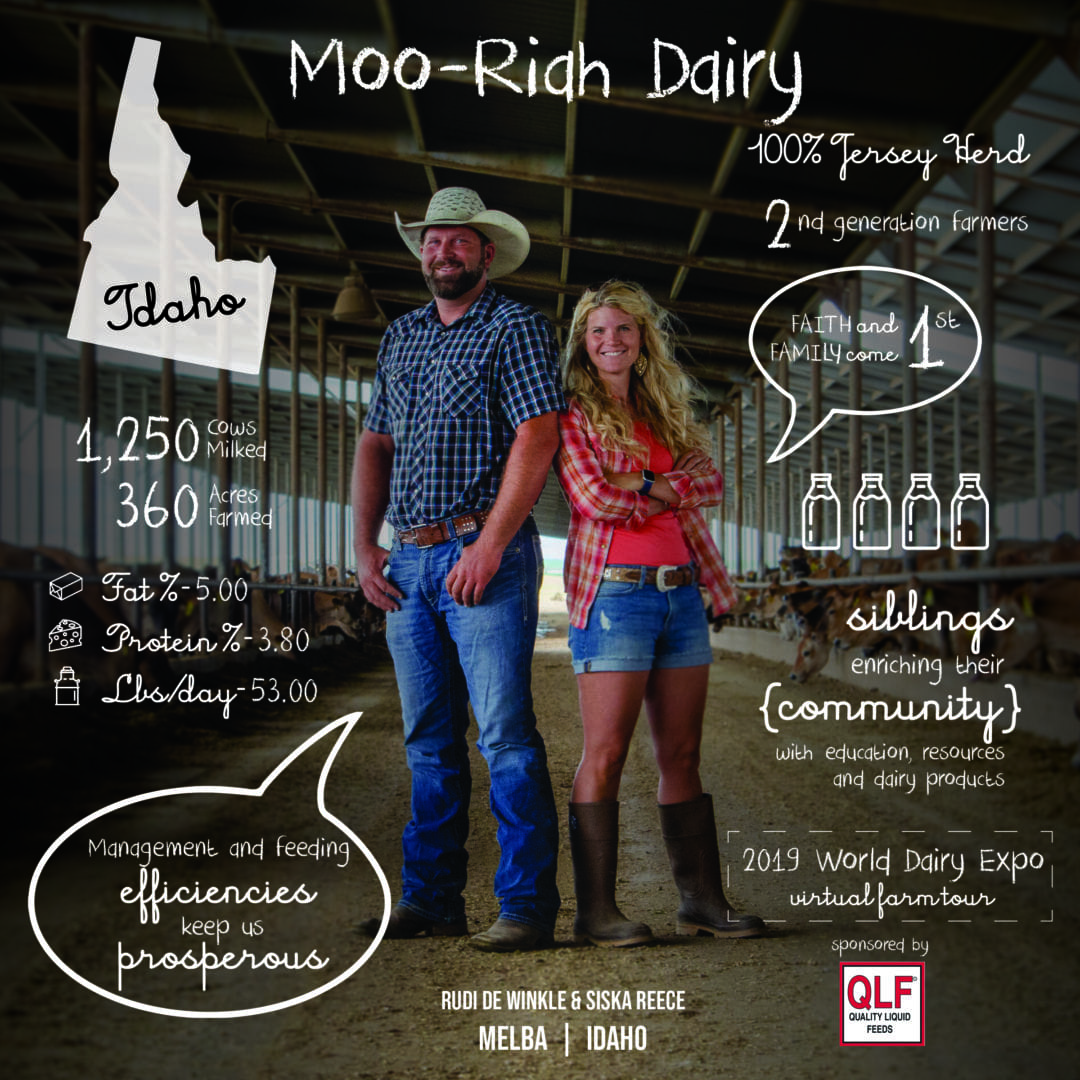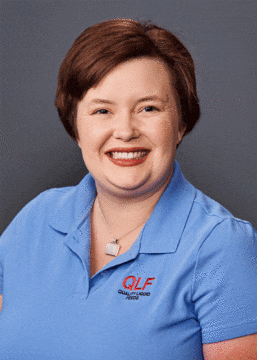By Maeghan Steelreath, Field Technical Support
The dairy industry in Idaho is a major economical driver for the state. In fact, Idaho is ranked 3rd in the United States in terms of total milk production. This industry actually accounts for 33% of the agricultural sector in the state. As of a year ago, the USDA livestock inventory counted 635,000 dairy cattle, and the milk produced in pounds/head was 25,010. These statistics prove that Idaho has a substantial role in dairy product production in the United States.
Typical Feeds/Diets Fed
The feeds and formulated diets are pretty standard here in Idaho. The most common strategy in feeding close-up animals is dietary cation anion difference (DCAD). Amino acid balancing is not a prevalent feeding strategy in Idaho. Most rations are formulated for 55-65% dry matter, 15-18% protein, and 18-27% starch depending on the physiological status of the target animals. Typical feed ingredients include cottonseed, soybean, distillers’ grains, and canola. Primary forages are alfalfa and corn silage.
How does QLF typically fit into the diet?
There are several reasons as to why QLF products are fed to lactating dairy cattle in total mixed rations (TMR). Molasses based liquid supplements can increase fiber digestibility and improve milk efficiency. These liquid mixes can also enhance precision feeding strategies. The molasses-based supplements have been proven to increase microbial protein and reduce milk urea nitrogen (MUN) as well as increase dry matter intake (DMI), pounds of milk fat, and fat-corrected milk (FCM). In addition, molasses has a sweet taste, and the cows prefer the sweetness. Some dairies also feed a close-up product that is meant to help maintain DCAD as calving approaches.
What are QLF’s capabilities in the area?
The QLF manufacturing plant in Idaho is located in Twin Falls. This plant is equipped to produce a variety of products that deliver sugar, protein, fat, calcium, phosphorus, magnesium, trace minerals, vitamins, and specialty additives. In addition, the Twin Falls plant is equipped to handle calcium suspension mixes. The calcium suspension products are designed with year-round handling.
Producer Highlight
One farm that utilizes QLF’s molasses-based supplement is family-owned Moo-Riah Dairy in Melba, ID. This dairy is an all-Jersey herd with milk fat at 5.0% and milk protein at 3.8%. The average milk yield is 55 pounds/day. Feeding strategies and efficiencies play a major role in the high milk components. The farm has a double-20 parallel parlor with Afimilk meters, sort gates, and pedometers for activity monitoring. In order to manage manure, they maintain a separation pit, settling ponds, two lagoons, two mechanical separators, and two composting facilities. The family also farms 360 acres of corn, alfalfa, and triticale to help provide feedstuffs for their TMR. To promote the dairy industry, Moo-Riah Dairy is educating the public and concentrating on embodying dairy products, animal welfare, environmental stewardship, and commitment to safe milk.
References Available Upon Request
Meet Moo-Riah Dairy!
Moo-Riah Dairy, located in Melba, ID, knows about picky cows. “Our cows are master sorters.” Rudi, co-owner of the dairy, said. “Adding QLF liquid into our ration increases our feeding efficiency and keeps us profitable.” Cows who sort their feed become costly expenses on a dairy operation. QLF liquid supplements are easy to apply to the TMR mixer and distribute nutrients and additives evenly throughout the ration making every bite the same. Moo-Riah Dairy leans on QLF liquid supplements to bind long and short pieces of the ration together to reduce sorting and improve their feeding efficiency.
The 1,200 head Jersey farm also provides their cattle with a unique ration because of their geographical location along the Snake River. With less than 6 inches of rainfall each year, the dairy struggles with low-quality forage and how much harvested forages can be implemented into the lactating diet. “Rumen bugs need sugar.” Rudi said, “QLF feeds the bugs.” QLF liquid supplements allow cattle to get the most from low-quality forages and maximize on “rumen bugs” and their role in nutrient absorption.
In addition to being a staple in their community and leaders in their church, Moo-Riah Dairy also makes it a priority to educate today’s youth about life on the dairy farm and the health benefits of consuming dairy products.
Watch their World Dairy Expo Debut of their Virtual Farm Tour here!


